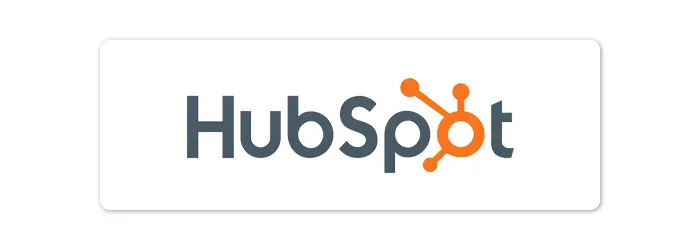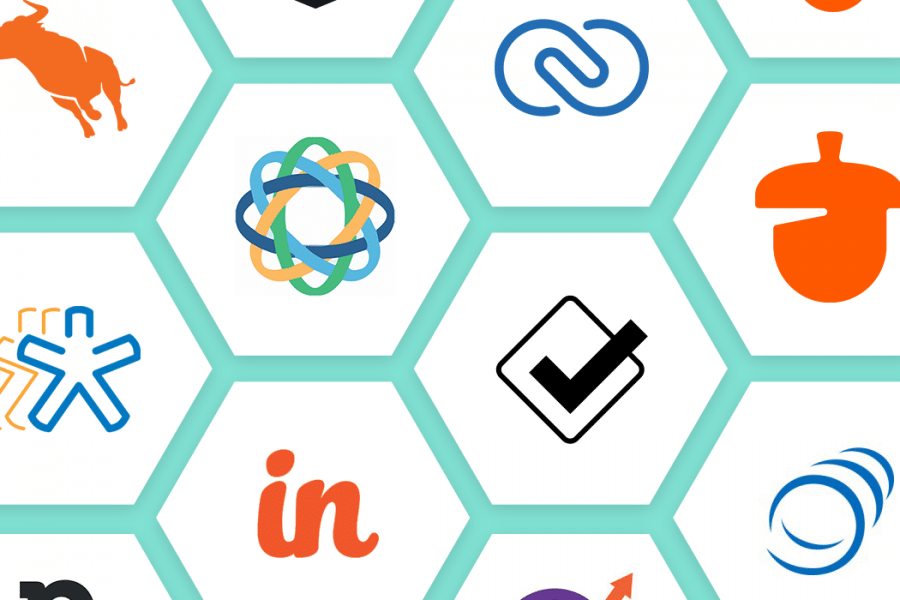We’re proud of the business we’ve built. Every year, we’ve grown our team, customer base, and revenue.
It’s amazing to say it, but we’ve now been at it for over a decade. Although, you can ask anybody on our team, and they’ll tell you it still feels like we’re a startup.
Maybe it’s because we’ve earned every customer and dollar the hard way — never raising money, never taking a dime of VC.
We’re a bootstrapped startup that builds products for bootstrapped startups. And startup culture is part of our brand’s DNA.
But this article isn’t about abstract stuff like culture and branding. It’s about tools. It’s about finding the tools to start, run, and grow your business.
Don’t get me wrong.
When building a business, there are more important things than choosing the “right tools.”
The team you put together, the product you build, the goals you set, and the strategies you execute are all far more important than the business software you decide to use.
However, we understand firsthand that when you’re bootstrapping a startup, you don’t have the budget or the resources to screw around with expensive or overcomplicated business tools.
That’s why we put together this list.
It’s our entire tech stack. Every tool we used to grow our own business to profitability. And we wanted to share it because if they worked for us, they might work for you.
Here are the 45 small business tools we used to bootstrap our startup to over 20k customers served and catapult past our 7-figure revenue goals:
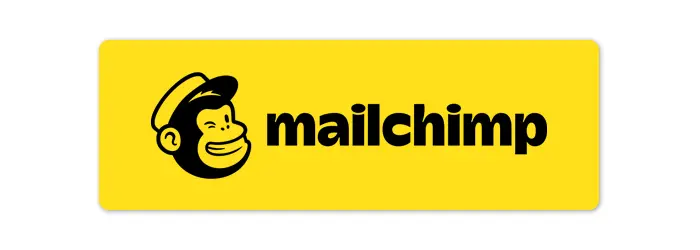
1. Mailchimp
Who is it for?
It’s an email marketing tool. Or at least that is how we thought of it when we started using it.
Whether you’re a startup or an established business, Mailchimp is designed to grow with your business. It offers easy tools for a mom-and-pop business and is advanced enough for those with technical expertise.
What problem does it solve?
Mailchimp turns your website visitors into subscribers using custom landing pages and signup forms. Then it lets you engage your subscribers with beautiful, branded emails you can automate.
Why is it awesome?
Engaged subscribers become paying customers. But Mailchimp goes beyond email, offering a suite of tools for an all-in-one marketing solution. Also, their blog articles rock.
How much does it cost?
Plans range from $0 – $299/month.
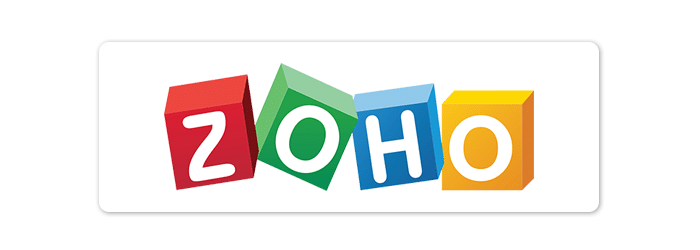
2. Zoho
Who is it for?
It’s an affordable CRM system with all the necessary bells and whistles. We lovely refer to Zoho as the poor man’s Salesforce.
Zoho CRM is a tool that can be used by any business size and type to meet their specific needs. Startups, large enterprises, and companies in healthcare, media, banking, insurance, and real estate can all use this customer relationship management software.
What problem does it solve?
The Zoho CRM allows small businesses and startups to even the playing field. It provides them with all the sales tools they need to compete even against the bigger players within their industry.
Why is it awesome?
Zoho provides decision-makers with accurate information across their organization through analytics and reports. These in-depth insights allow them to react to trends in the market with better decisions.
How much does it cost?
Zoho plans range from $18 – $55/month per user.

3. Slack
Who is it for?
Slack is one of those top business tools for people who want to streamline their work communications in one place. Millions worldwide use the platform to connect and collaborate with their teams.
What problem does it solve?
Slack allows companies worldwide to connect their teams through one platform. It provides features to create multiple channels where members can discuss different projects.
Why is it awesome?
Slack can be easily integrated with other popular applications like Gmail, Trello, and Google Drive, so you can conveniently incorporate apps you’re familiar with.
How much does it cost?
Slack costs $0 – $12.50/month.
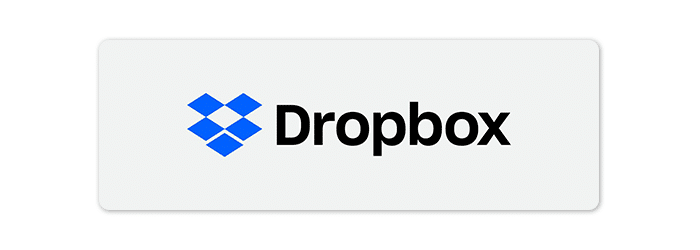
4. Dropbox
Who is it for?
Dropbox is a file hosting service that allows anyone to save and sync files online with their devices.
What problem does it solve?
With Dropbox, users have to share links to their files and folders with other individuals without sending large attachments.
Why is it awesome?
Dropbox provides people with a free plan that includes up to 2 gigabytes of storage. Anyone can sign up for an account and start sharing files immediately.
How much does it cost?
Dropbox plans range from $9.99 – $20/month.
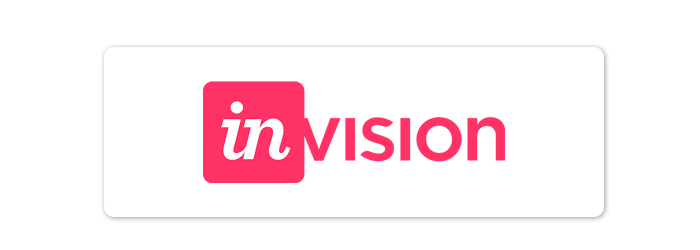
5. InVision
Who is it for?
Designers looking to create interactive mockups of their designs easily and quickly can use the prototyping tool InVision to show their output to clients and team members.
What problem does it solve?
Once the designs are ready, designers can share their mockups with their team or clients. This makes presenting designs a breeze.
Why is it awesome?
The ability to show interactive mockups of design work is more effective than sending screenshots or PDF files. People can also discuss specific areas in a mockup, leaving comments on certain points.
How much does it cost?
InVision costs $0 – $99/month.
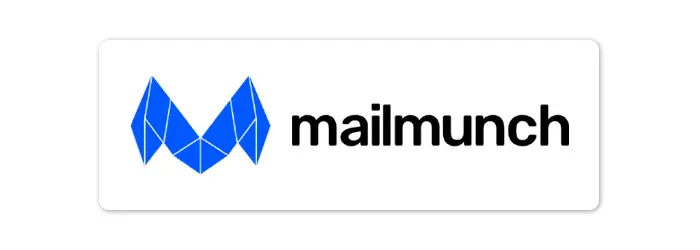
6. Mailmunch
Who is it for?
MailMunch is for people who own a website and want to grow their email list. It is a lead growth email marketing service for entrepreneurs, bloggers, startups, and enterprises.
What problem does it solve?
MailMunch allows its users to create professional opt-in forms without having to write code and even without any technical expertise.
Why is it awesome?
MailMunch has a wide range of opt-in forms that are designed to convert. It also works well with popular platforms like WordPress and Shopify.
How much does it cost?
MailMunch is priced at $0 – $99/month.
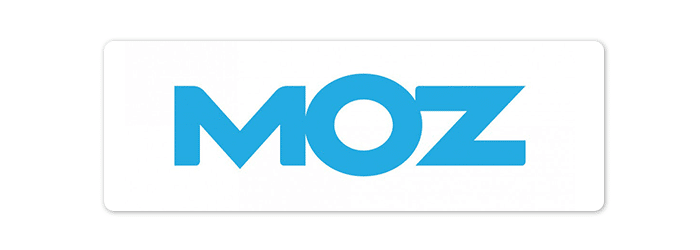
7. Moz
Who is it for?
Moz is an SEO tool that is designed for companies that plan to integrate their search engine optimization efforts into their digital marketing campaigns.
What problem does it solve?
Moz provides users with keyword research, SEO site audits, link metrics, and access to track rankings.
Why is it awesome?
Besides the SEO business tools, Moz also offers digital marketing resources such as workshops, blogs, guides, training, and recommendations.
How much does it cost?
Moz has a 30-day free trial period of $99 – $599/month.
8. HubSpot
Who is it for?
HubSpot is a platform for people looking to leverage sales, marketing, customer service, and CRM capabilities in one place.
What problem does it solve?
HubSpot provides users with the tools to develop and grow amazing customer experiences. It provides the foundational tools to help businesses grow more efficiently.
Why is it awesome?
Since it is powered by one database, everyone works off the same system, allowing smoother handoffs between teams.
How much does it cost?
HubSpot has plans that range from $50 – $3,200/month.
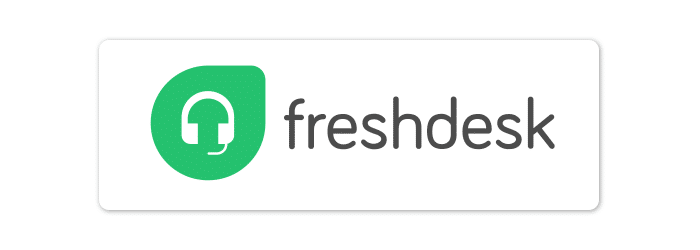
9. Freshdesk
Who is it for?
The cloud-based customer support software Freshdesk is intended for companies with multiple support channel capabilities.
What problem does it solve?
Freshdesk provides support channels, including phone, email, live chat, and social media, all in one place. This allows businesses to support their customers through their preferred communication method.
Why is it awesome?
Freshdesk offers robust inbox and filtering options, allowing customer service teams to easily stay on top of their tickets.
How much does it cost?
Freshdesk is priced at $0 – $109/month.
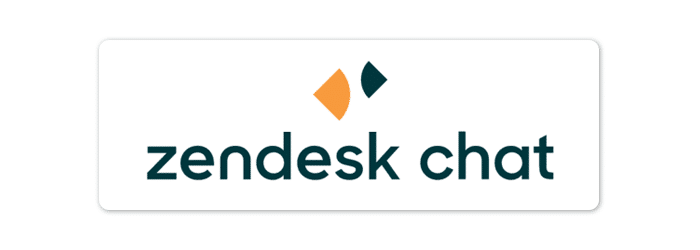
10. Zendesk Chat
Who is it for?
Companies looking to provide ongoing or real-time customer support can leverage the features offered by Zendesk Chat.
What problem does it solve?
Zendesk Chat lets users manage all of their conversations in one place, even if they are located in many different channels.
Why is it awesome?
Zendesk Chat can be quickly added to a mobile application or website, allowing businesses to set up and communicate with their customers immediately.
How much does it cost?
Zendesk Chat is priced at $0 – $59/month.
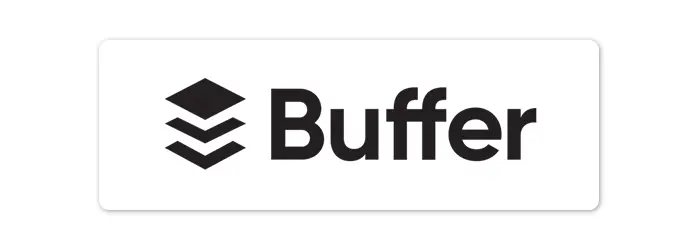
11. Buffer
Who is it for?
Buffer is a software application intended for startups looking to manage their social accounts in one platform.
What problem does it solve?
Users can schedule posts for social channels like Instagram, Pinterest, Twitter, and Facebook while also gaining the ability to analyze their results.
Why is it awesome?
Buffer allows brands to schedule their posts on social networks without needing reminders or mobile device confirmation.
How much does it cost?
Buffer comes at $0 – $99/month.

12. Quuu
Who is it for?
Businesses looking to acquire high-quality, curated content on the web can leverage the experts at Quuu.
What problem does it solve?
Quuu helps brands save time by leaving the time-consuming process of curating content to them.
Why is it awesome?
Brands can sign up for a free account at Quuu with no credit card needed. From there, people can select their interests and get content suggestions immediately.
How much does it cost?
Quuu ranages for $0 – $50/month.
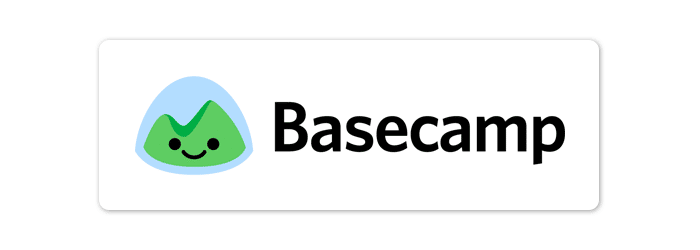
13. Basecamp
Who is it for?
Basecamp is intended for businesses looking for a project management app to access via browser or mobile device.
What problem does it solve?
Basecamp provides all of the tools for small businesses in one place. Whether you need to set up a schedule, upload files, or chat with colleagues, Basecamp has you covered.
Why is it awesome?
Basecamp lets people break down their work into separate projects while allowing authorized users to keep track, manage, and collaborate on tasks.
How much does it cost?
Basecamp is priced at $0 – $99/month.
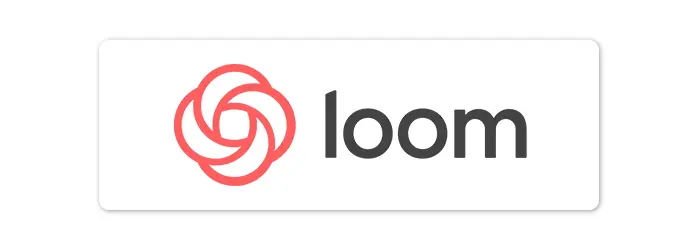
14. Loom
Who is it for?
Businesses can use Loom to record their voice, face, and screen to easily create shareable videos.
What problem does it solve?
Loom’s features allow for various uses including onboarding new employees, providing task instructions, troubleshooting customer concerns, and more.
Why is it awesome?
Loom lets users combine the convenience of messaging and the expressiveness of video to get their message across clearly and immediately.
How much does it cost?
Loom is priced at $0 – $4/month.
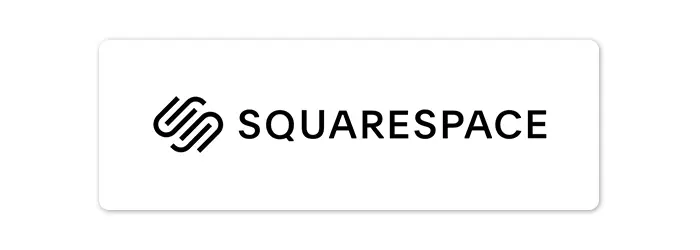
15. Squarespace
Who is it for?
Squarespace is an all-in-one solution for businesses looking to create beautiful websites. Apart from website building, it also provides website hosting as part of its service.
What problem does it solve?
Users can use the pre-built website templates of Squarespace to create websites as needed quickly.
Why is it awesome?
A single subscription from Squarespace allows users to build websites, host their content, register domains, sell products, and more.
How much does it cost?
Squarespace plans range from $12 – $40/month.

16. Grammarly
Who is it for?
Any company that values content should use Grammarly as a writing assistant to help proofread and edit their written documents.
What problem does it solve?
Grammarly utilizes natural language processing and artificial intelligence to help make online writing clear and effective. Besides enhancing vocabulary, it checks for grammar, spelling, and punctuation errors.
Why is it awesome?
Grammarly provides insights into the reasons behind a mistake and supplies relevant recommendations, advice, and tips to improve the content.
How much does it cost?
Grammarly is priced at $0 – $12.50/month.

17. WordPress
Who is it for?
WordPress is a great website builder and content management system for startups due to how flexible and easy it is to use.
What problem does it solve?
It allows users to choose from various themes to design their websites and use its fast editing system to manage their content.
Why is it awesome?
WordPress is free and easy to use. People who want to try it can do so without being charged.
How much does it cost?
The price for WordPress depends on your hosting service which usually ranges between $45 – $200/month.
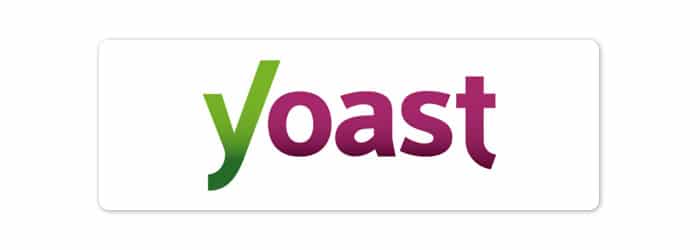
18. Yoast
Who is it for?
Yoast is a WordPress plugin for businesses that want to improve the search engine optimization for their content.
What problem does it solve?
Yoast makes it easy for websites to meet the top technical standards in search engine optimization while providing the tools to improve content.
Why is it awesome?
Compared to other apps, Yoast SEO is easy to understand. It has a configuration wizard that will guide users through the steps to get their SEO settings right.
How much does it cost?
Yoast has a price range of $0 – $89/website.

19. Google G Suite
Who is it for?
Businesses looking for an integrated suite that provides a collection of collaboration, productivity, and cloud computing tools should get Google G Suite (now known as Google Workspace).
What problem does it solve?
It provides a custom email address for businesses and includes standard Google tools like Gmail, Docs, Drive, Slides, Sites, and more.
Why is it awesome?
Google G Suite offers a 14-day free trial that allows users to see the value it offers before signing up.
How much does it cost?
Google G Suite is priced at $12 – $18/user per month.
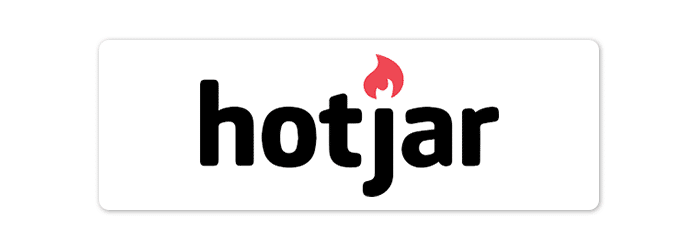
20. Hotjar
Who is it for?
E-commerce marketers who want to understand the behavior of their website users can leverage Hotjar’s analytics and user feedback service.
What problem does it solve?
Hotjar provides website user data through surveys, session recordings, and heat maps.
Why is it awesome?
E-commerce marketers can use Hotjar to analyze specific data from their website traffic and understand conversions.
How much does it cost?
Hotjar has plans that cost $99 – $389/month.
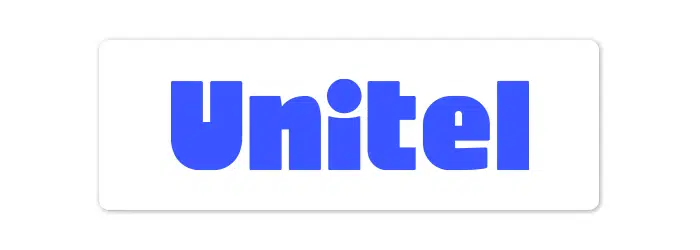
21. Unitel
Who is it for?
Startups and small business owners looking for a professional, cloud-based virtual phone system can use Unitel.
What problem does it solve?
UniTel Voice allows users to add a business phone number, set custom greetings, and provide everyone on the team with necessary extensions.
Why is it awesome?
UniTel Voice can work with any cell, home, or office phone. Companies do not need new phone system equipment to get it to work.
How much does it cost?
UniTel Voice is priced at $9.99 – $49.99/month.
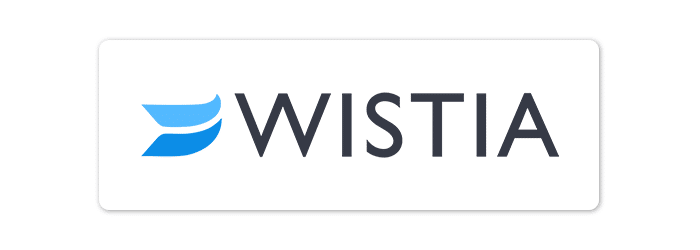
22. Wistia
Who is it for?
Wistia is a marketing video software that brands can leverage to help convert their viewers into brand advocates and customers through video content.
What problem does it solve?
Wistia provides users a platform to host videos and leverage features such as embedding, channel creation, and management.
Why is it awesome?
Wisteria offers the ability to track viewer data so brands can easily optimize and make their videos more effective.
How much does it cost?
Wisteria ranges from $0 – $99/month.
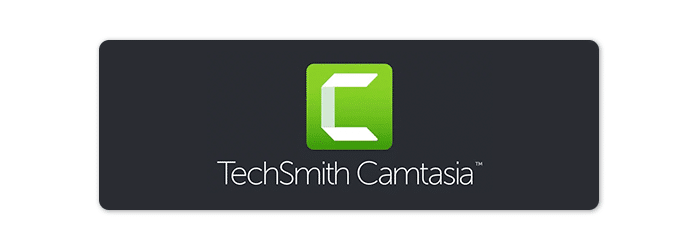
23. Camtasia
Who is it for?
Camtasia is great for startups that frequently use video tutorials, lessons, recordings, demos, etc.
What problem does it solve?
Camtasia lets users record their webcams and screens while allowing them to easily edit, record, and customize their video content.
Why is it awesome?
Camtasia helps brands share interactive content that viewers want and can easily learn from.
How much does it cost?
Camtasia is priced at $249.99 per user.
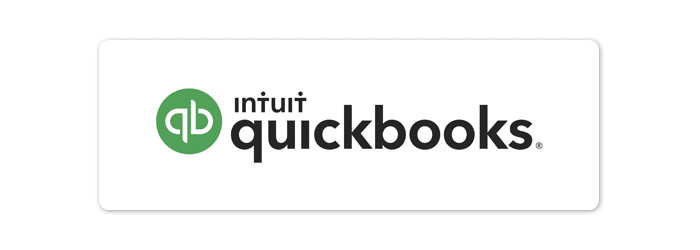
24. QuickBooks
Who is it for?
Businesses looking for accounting software to manage and organize the financial aspects of their company can use QuickBooks.
What problem does it solve?
QuickBooks allows startups to organize and manage the income, expenses, and more of their business in one place.
Why is it awesome?
QuickBooks offers bank account and credit card integration, so importing and sorting expenses through these channels is easier.
How much does it cost?
QuickBooks is priced at $25 – $150/month.
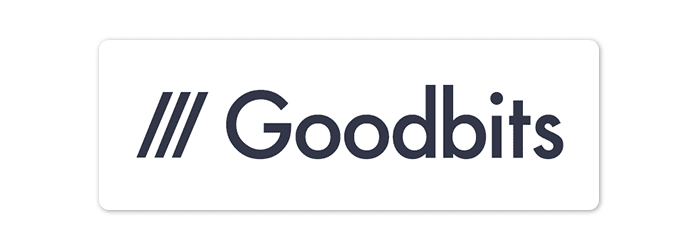
25. Goodbits
Who is it for?
Email marketers who need an email newsletter builder that can easily integrate with any emailing service should check out Goodbits.io.
What problem does it solve?
Goodbits can automatically gather links from numerous sources so that when email marketers are ready, they can quickly build up their weekly roundup in minutes.
Why is it awesome?
Businesses can quickly create a professional newsletter and easily send it out with just a few clicks.
How much does it cost?
Goodbits.io is priced at $0 – $79/month.

26. Malwarebytes
Who is it for?
Malwarebytes is a software app that businesses have been using to rid their devices of malicious programs and other online threats.
What problem does it solve?
Malwarebytes can clean up infected machines better than traditional antivirus programs.
Why is it awesome?
The database of Malwarebytes is constantly being updated for the latest threats, allowing the program to detect risks even before other programs realize they exist.
How much does it cost?
Malwarebytes costs $119.97 – $699.90/year.
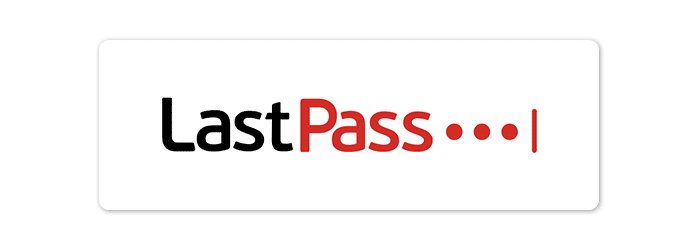
27. LastPass
Who is it for?
LastPass is a great app for startups looking for a platform that generates and manages all of their credentials.
What problem does it solve?
LastPass provides strong passwords that are difficult to crack while enabling users to share passwords with authorized individuals conveniently.
Why is it awesome?
Company credentials can be stored securely in one place and retrieved as needed.
How much does it cost?
LastPass costs $3 – $8/month.

28. Join.me
Who is it for?
Join.me (recently bought by GoToMeeting) is an online meeting tool designed for businesses constantly hosting meetings with staff or clients.
What problem does it solve?
The tool allows companies to tailor meeting links, backgrounds, and anything else to showcase their personality.
Why is it awesome?
Users can access recording, audio, remote control, and scheduling features with Join.me.
How much does it cost?
Join.me is priced at $10 – $30/month.

29. Google Analytics
Who is it for?
Google Analytics is a web analytics service that provides businesses with the ability to track and report website data.
What problem does it solve?
Google Analytics automatically collects information on every website visitor, providing companies with valuable insights to help shape their digital marketing strategies.
Why is it awesome?
Google Analytics easily integrates with other popular startup tools like Google AdWords.
How much does it cost?
Google Analytics is free.
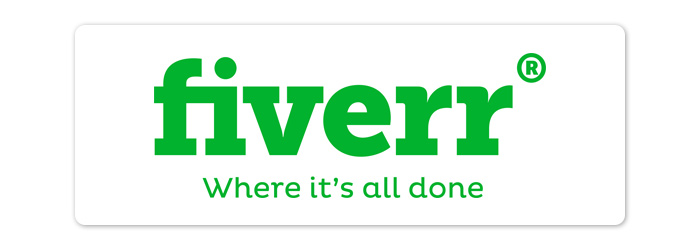
30. Fiverr
Who is it for?
Fiverr is an online marketplace that is great for small businesses that are looking for freelancers offering a wide range of digital services.
What problem does it solve?
Businesses can find experts in graphic design, content writing, digital marketing, programming, and more at Fiverr.
Why is it awesome?
Fiverr offers transparent pricing, team collaboration features, and guaranteed payment protection for all clients.
How much does it cost?
Pricing varies from project to project but it can be as slow as $5.
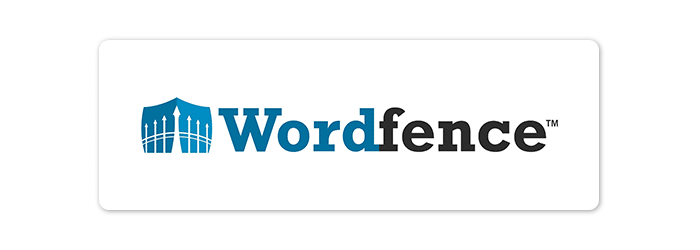
31. WordFence
Who is it for?
Another plugin for WordPress, WordFence is a tool for businesses looking to ramp up their cybersecurity against malware and hacks.
What problem does it solve?
WordFence has the latest firewall rules, malicious IP addresses, and malware signatures for enhanced protection.
Why is it awesome?
WordFence security cannot be bypassed and does not leak vital data, which cannot be said for other cloud firewalls.
How much does it cost?
WordFence ranges from $74.25 – $99/year.
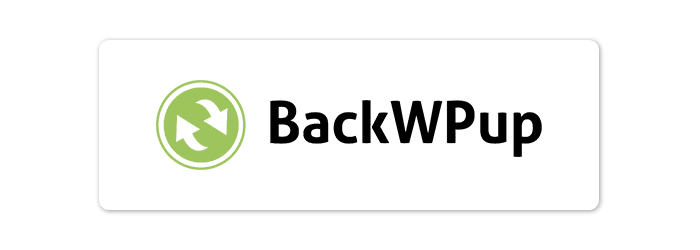
32. BackWPup
Who is it for?
Businesses that rely on WordPress should get BackWPup as a backup plugin in case the content management system crashes.
What problem does it solve?
BackWPup provides complete WordPress restoration features with the ability to provide multisite support.
Why is it awesome?
BackWPup provides backups on all files using commonly used tools like Google Drive, Dropbox, and Microsoft Azure.
How much does it cost?
BackWPup costs $69 – $349/year.

33. MonsterInsights
Who is it for?
This Google Analytics plugin is a great addition for brands that want to obtain audience and behavior reports of their website visitors.
What problem does it solve?
MonsterInsights enables users to customize their content better as their consumers want.
Why is it awesome?
Universal tracking, page-level analytics, enhanced eCommerce tracking, and real-time statistics are just some of the other features of MonsterInsights.
How much does it cost?
MonsterInsights plans range from $199 – $799/year.
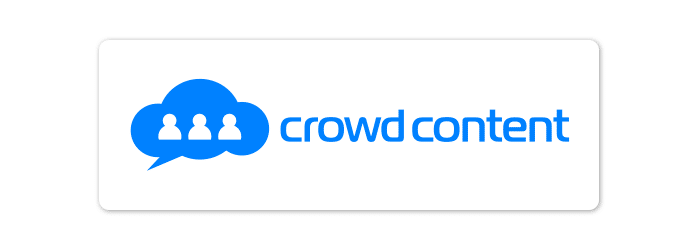
34. Crowd Content
Who is it for?
Small businesses searching for talented web content writers can find them at Crowd Content.
What problem does it solve?
Companies can access a database of more than 6,000 professional writers who have been curated to provide the best content services.
Why is it awesome?
Crowd Content prides itself in its fast turnaround time and the quality content that its writers provide.
How much does it cost?
You can purchase blog content for as little as $300 per post.
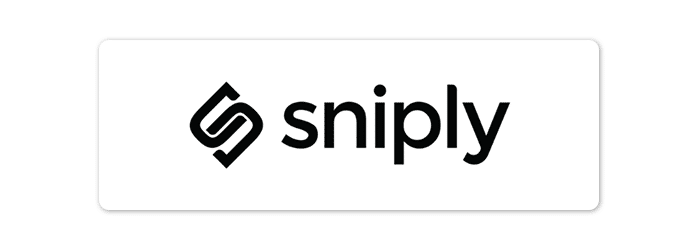
35. Sniply
Who is it for?
Sniply is a tool that businesses can use to drive traffic to their website through content curation.
What problem does it solve?
Businesses can use Sniply to overlay their own custom message on any content piece to encourage traffic, downloads, registrations, and more.
Why is it awesome?
Sniply utilizes its data analytics feature so that users can keep track of their link performance.
How much does it cost?
Sniply is priced at $29 – $299/month.
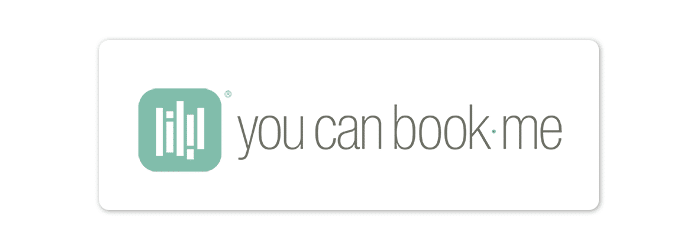
36. YouCanBook.me
Who is it for?
YouCanBook.me is a scheduling tool for startups that want to streamline and simplify their custom bookings.
What problem does it solve?
The tool provides businesses with flexible scheduling and availability features, automatic time zone detection, duration and appointment padding, and more.
Why is it awesome?
YouCanBook.me easily integrates with other small business tools like MailChimp, Zapier, and HubSpot.
How much does it cost?
A plan from YouCanBook.me costs $10/month.
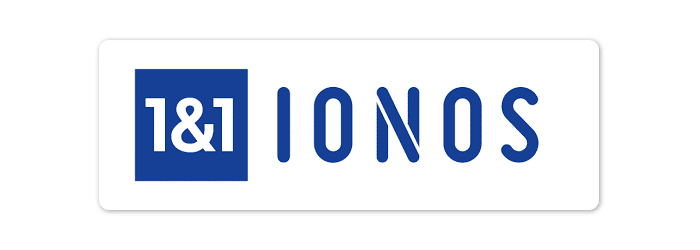
37. IONOS
Who is it for?
Small and mid-sized businesses looking for a reliable web host and cloud partner should check out IONOS.
What problem does it solve?
It provides entrepreneurs with the latest online technologies to build a website, secure their domain, and access world-class cloud infrastructure.
Why is it awesome?
IONOS offers digital marketing and SEO packages along with enterprise-grade customer service.
How much does it cost?
IONOS plans cost $4 – $14/month.
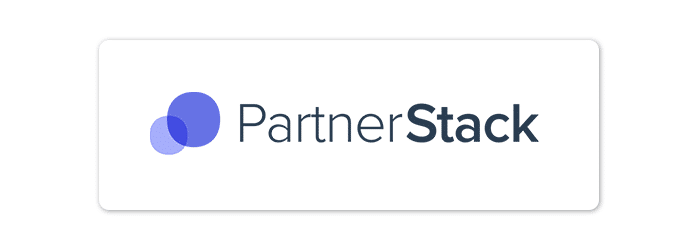
38. PartnerStack
Who is it for?
Entrepreneurs in the ambassador, reseller, or affiliate niche can leverage PartnerStack for their needs.
What problem does it solve?
PartnerStack offers an automated partner program allowing users to manage all their channel programs in one dashboard.
Why is it awesome?
Onboarding, engagement, attribution, compliance, and payouts can all be automated with PartnerStack.
How much does it cost?
Starts at around $500 per month.
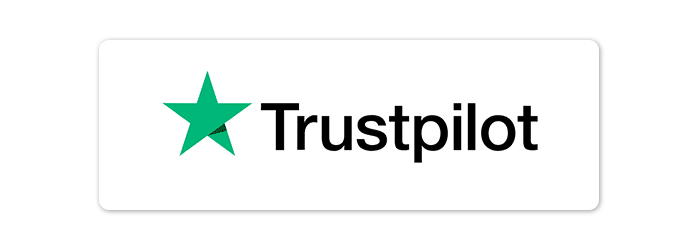
39. Trustpilot
Who is it for?
Trustpilot is a consumer review website that entrepreneurs can use to grow and display their brand’s public trust.
What problem does it solve?
Trustpilot lets users acquire, manage, assess, and showcase their reviews using various business tools.
Why is it awesome?
Small businesses new to the industry can use Trustpilot to establish their credibility and improve their reputation.
How much does it cost?
TrustPilot costs $199/month.
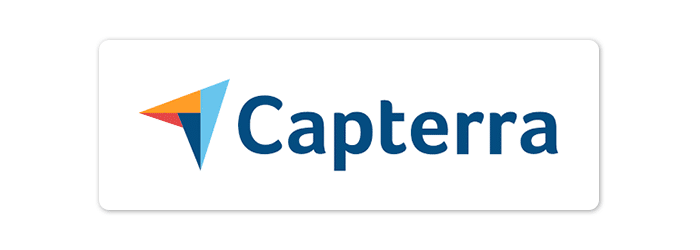
40. Capterra
Who is it for?
Businesses looking for a place to shop for the right technology vendors can find what they need at Capterra.
What problem does it solve?
Capterra serves as an intermediary between buyers and software technology vendors to assist consumers in obtaining the apps for their needs.
Why is it awesome?
Capterra provides access to more than a million vetted and verified software reviews from people within various industries.
How much does it cost?
Capterra comes free but also offers a premium service.
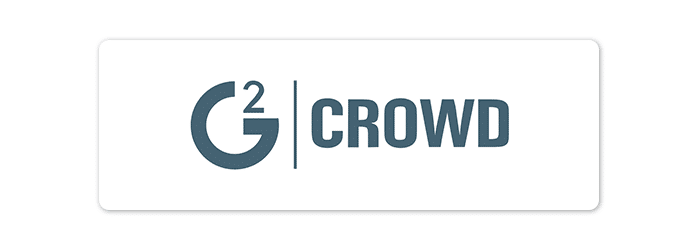
41. G2
Who is it for?
G2 is a place where companies can find unbiased reviews on business software and services.
What problem does it solve?
People can access objective user reviews from more than one million entrepreneurs to make smarter decisions on their software needs.
Why is it awesome?
Users can eliminate the guesswork when finding the software they need to help their business grow.
How much does it cost?
It’s free to list your business.
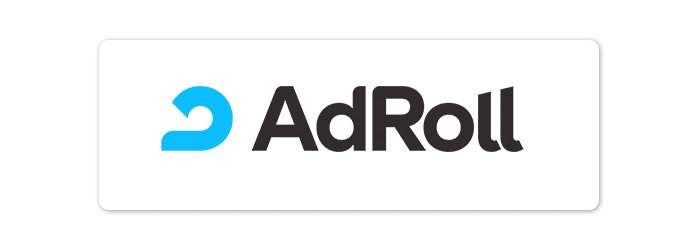
42. AdRoll
Who is it for?
Startups looking to improve their digital marketing capabilities can use AdRoll to help grow customer loyalty and sales.
What problem does it solve?
It provides AI-enhanced capabilities to target and engage new audiences.
Why is it awesome?
AdRoll partners with the biggest and most influential advertising networks to reach company audiences wherever they may be.
How much does it cost?
Plans range from 0-$450/month.
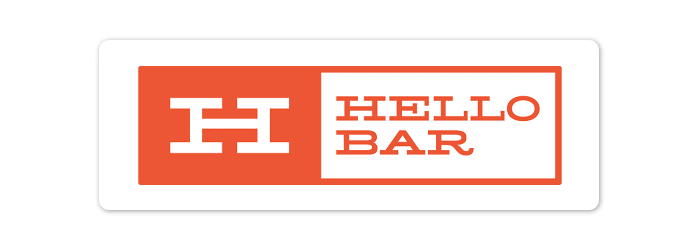
43. Hello Bar
Who is it for?
Hellobar allows startups to create custom messages to greet website visitors.
What problem does it solve?
Hellobar provides features and tools to ensure the correct timing of messages companies want their visitors to see.
Why is it awesome?
With Hellobar, users can obtain subscriber data, conduct A/B testing, and access various targeting tools.
How much does it cost?
Hellobar is priced at $0 – $99/month.
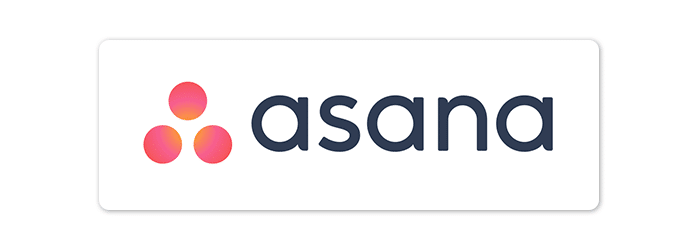
44. Asana
Who is it for?
Asana is designed to provide companies with a team management platform where project data can be organized.
What problem does it solve?
Users can easily create timelines, keep track of portfolios in real time, and monitor team member tasks across projects.
Why is it awesome?
Asana is incredibly intuitive and easy to use. It also easily integrates with tools like Slack and Google Drive.
How much does it cost?
Asana is priced at $0 – $24.99/month.
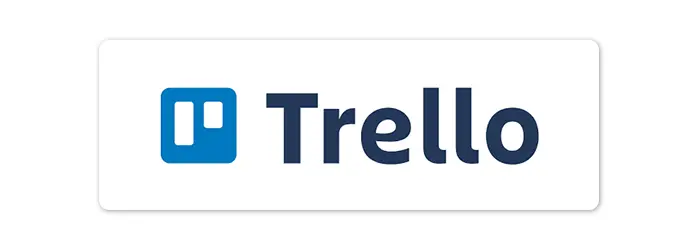
45. Trello
Who is it for?
Another project management platform, Trello, integrates drag-and-drop capability so companies can manage and organize projects easily.
What problem does it solve?
The built-in workflow automation capability of Trello can help small businesses save time by automating tedious tasks.
Why is it awesome?
Teams can stay organized in Trello through its commenting, deadline, and attachment functions.
How much does it cost?
Trello costs $0 – $10/month.

Editor’s Note: The article is part of the blog series Start Your Business, brought to you by the marketing team at Unitel, the virtual phone system priced and designed for startups and small business owners.



